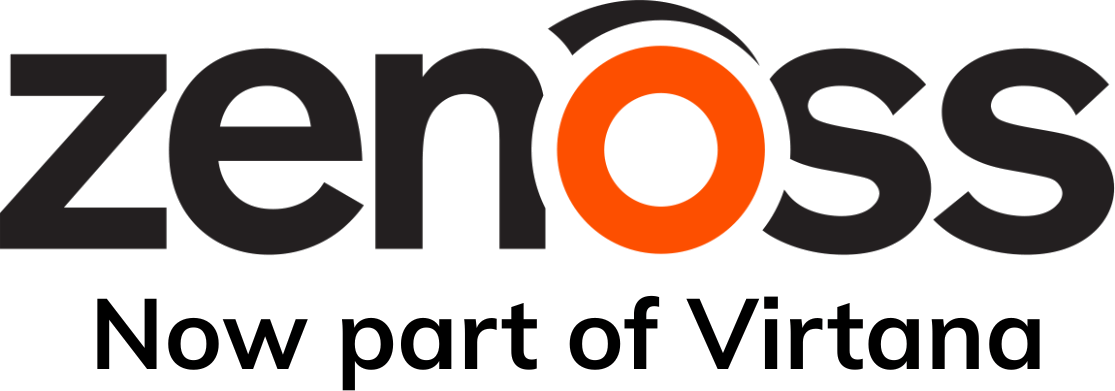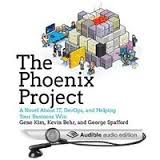The Phoenix Project Book
I recently read a great novel, “The Phoenix Project” by Gene Kim et al. The book details the journey of ‘Bill’, a new Vice President of IT Operations, and his struggles to gain control over a critical corporate project while wrestling with continuous critical operational issues. Through his experiences, Bill discovers that there are 4 types of work:
- Business Projects
- Internal IT Projects
- Changes
- Unplanned Work
The first three are important and critical to the everyday operation of the business, while the fourth causes disruption and slows the progress of all other work. Luckily, along his journey Bill learns and identifies the “three ways” to manage all work to fulfill the needs of the business.
- Enable efficient “left to right” work:
- Integrate all development with IT Operations (DevOps) to reduce barriers and increase efficient solutions
- Never pass defects downstream
- Continuously build, integrate, and deploy solutions
- Create consistent environments for development, test, and production to prevent unplanned work
- Create a tight feedback loop for continuous improvement
- Feedback must be continuous
- Feedback should be actively used to prevent problems in the field
- Production must be halted when tests fail
- Foster a proactive culture:
- Use continuous experimentation to find ways to decrease the deployment lifecycle
- Ensure the organization does not get trapped by an “it can’t be done because…” mindset
- Employ repetition and practice of fundamentals, as pre-requisites to mastery and automation
Of course, this would not be a novel without a little political drama amongst the executive ranks. The author also references another great book, “The 5 dysfunctions of a team” by Peter Lencioni. All executives and leaders should take the time to read this book as well. The three ways to manage work described above are impossible in the absence of trust and an unwillingness to be vulnerable within the group.
The Phoenix Project and Zenoss Service Dynamics
The Zenoss Service Dynamics platform can be a great tool to help effectively implement the first two ‘Ways’. It can help detect service and device issues through proper use and tuning of thresholds and provide a fast feedback loop for issue detection as defined by the ‘Second Way’. Furthermore, integrating Zenoss with your workflows, incident management, and provisioning systems can tighten this loop to ensure fast response times. Integration of these tools helps enable a DevOps team that is tight and efficient as defined by the ‘First Way’. Of course, it’s only a tool and the team must also be empowered by the objective defined in the ‘First Way’.
There are countless books about business efficiency out there, just as there are dozens of tools that can provide visibility into your IT Operations. However, the good ones; both books and tools; are the ones that provide clear, concise direction on what steps to take next to achieve the best results.
Interested in learning more? Enter your email address below to subscribe to our blog!
[email-subscribers namefield="NO" desc="" group="Public










